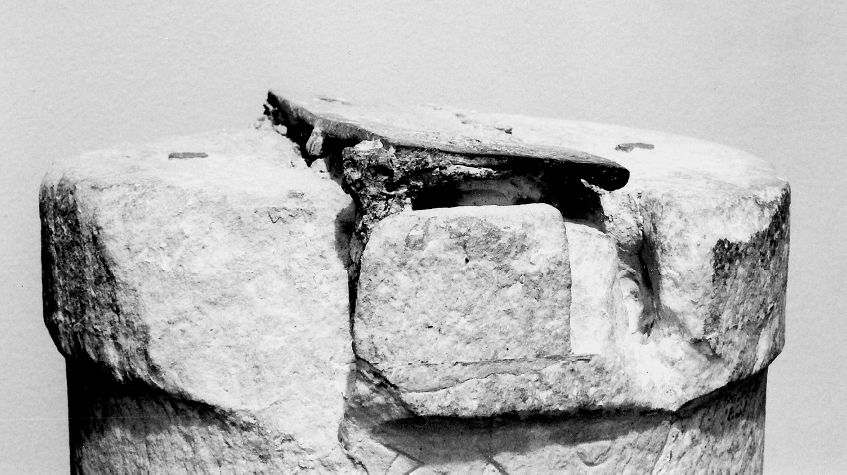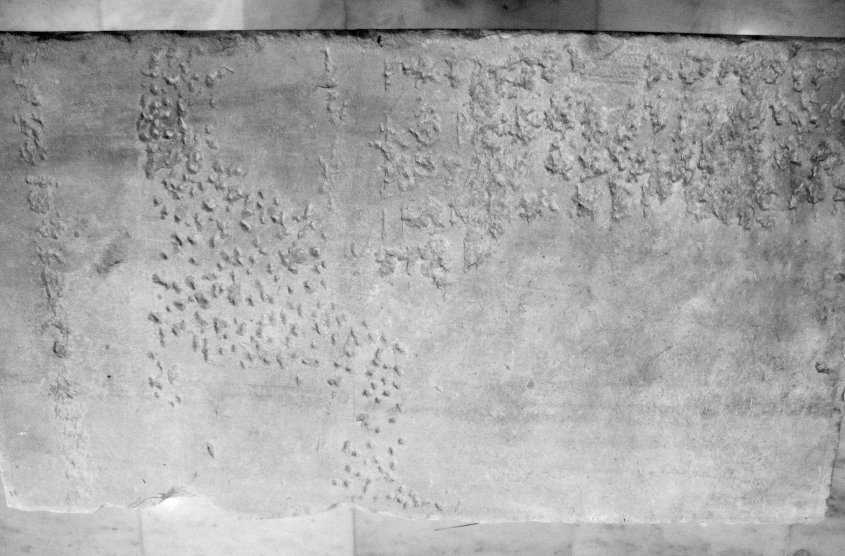Networks of Stone
Sculpture and Society in Archaic and Classical Athens
Summary
Excerpt
Table Of Contents
- Cover
- Title
- Copyright
- About the author
- About the book
- This eBook can be cited
- Contents
- List of Illustrations
- List of Tables
- Acknowledgements
- List of Abbreviations
- Chapter I: Introduction: Athenian sculpture in context
- Chapter II: A city of statues
- Chapter III: Choices in marble
- Chapter IV: The trades of sculpture
- Chapter V: A patron’s world
- Epilogue
- Bibliography
- Appendix
- Index
- Series index
← viii | ix →Illustrations
Plates
Figures
Total numbers of votive and grave sculptures and bases, 600–400 BC.26 | |
Every effort has been made to trace copyright holders and to obtain their permission for the use of copyrighted material. The author apologises for any errors or omissions in the above list and would be grateful for notification of any corrections that should be incorporated in future reprints or editions of the book.← ix | x →
← x | xi →Tables
← xii | xiii →Acknowledgements
This book has benefited from much discussion, advice and support from scholars and friends, among whom I would particularly like to thank Mathieu de Bakker, Josine Blok, Herman Brijder, Vinzenz Brinkmann, Giorgos Despinis†, Floris van den Eijnde, Evelyn Harrison†, Emily Hemelrijk, Jaap Hemelrijk, Mark Janse, Catherine Keesling, Bram Kempers, Ron Leenheer, Marion Meyer, Eric Moormann, Aliki Moustaka, Onno van Nijf, Winfred van de Put, Albert Rijksbaron, Michael Scott, Peter Schultz, Ulrich Sinn, Vladimir Stissi, Folkert van Straten and Jutta Stroszeck. The curators and staff of Athenian museums have been infinitely supportive at my endless requests to see the sculpture in their care. I want to express my warmest gratitude to K. Kissas, A. Mantis, I. Trianti and Chr. Vlassopoulou at the Akropolis Museum; J. Camp, A. Choremi, S. Dumont, J. Jordan, A. Lazaridi and C. Mauzy at the Agora Museum and site; Ch. Kritsas, A. Themos and M. Tsouli of the Epigraphic Museum; I. Touratsoglou and M. Salta at the National Archaeological Museum; and Th. Kyriakou and L. Parlama of the Kerameikos site and museum. My thanks also go to those at the Akropolis Museum, the Agora Museum and the Epigraphic Museum who helped me obtain permission to reproduce images of their collections.
The staff of the Netherlands Institute at Athens, the libraries of the British School at Athens and the Scuola Italiana di Atene have been ever supportive. At Peter Lang, commissioning editor Laurel Plapp and Cultural Interactions series editor Barrie Bullen have put much appreciated effort in guiding me and the book through the stages of publication, offering excellent practical and scholarly advice. My gratitude also goes to the anonymous reviewers for their time in reading and improving the manuscript; naturally, responsibility for any remaining errors lies entirely with me.
There are many friends and family members without whose encouragement this study would not have been completed. Among them are Niki van Balen, Aad van den Berg, Albert Clement, Ronald Hamel, Jorrit Kelder, Anna Konstantinou, Janta van Lienden, Nancy Mykoff, Lidy van Oort, ← xiii | xiv →Marjan Otter, Lione du Piêd, Barbara Söhngen, Herman Tak and Welmoed Westerveld. A continuous source of support over the years, from scholarly advice to general cheering up, was and is my family, Majola Hochscheid-Mabesoone, Doris Hochscheid, Oda Hochscheid, Rolf Hochscheid, Barbara Cook, Brenda Burke, Frans van Ruth, Franco Tabiadon, Adelisa Tabiadon and Chriesta and Edmond Langezaal. Most crucial to the completion of this book and to life in general are my husband Michael Burke (without whom there would be no Networks of Stone) and our kids Oscar and Louisa. For being the sweetest, brightest and most wonderful people in the world, I dedicate this book to you.
Middelburg, 2014
← xiv | xv →Abbreviations
Throughout this study and in the database, journal abbreviations are those of the Jahresbibliographie des Deutschen archäologischen Instituts; monographs are referred to by author and year of publication, except for the abbreviations of standard works listed below. Abbreviations of ancient texts are as in H. G. Liddell, R. Scott, H. Jones and R. McKenzie, A Greek-English Lexicon, Clarendon Press, Oxford 1961.


Details
- Pages
- XX, 500
- Publication Year
- 2015
- ISBN (Softcover)
- 9783034309929
- ISBN (PDF)
- 9783035307139
- ISBN (MOBI)
- 9783035394887
- ISBN (ePUB)
- 9783035394894
- DOI
- 10.3726/978-3-0353-0713-9
- Language
- English
- Publication date
- 2015 (July)
- Keywords
- antic cemetery sculptor sanctuary
- Published
- Oxford, Bern, Berlin, Bruxelles, Frankfurt am Main, New York, Wien, 2015. XVIII, 506 pp., 2 b/w ill.
- Product Safety
- Peter Lang Group AG

